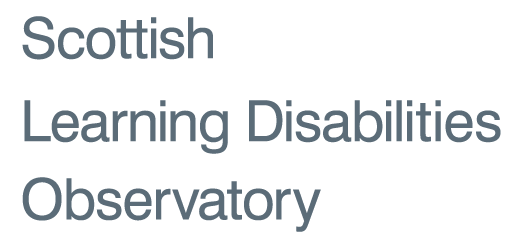Psychotropic prescribing to children and young people

Background
A small number of studies have reported high rates of antipsychotic prescribing in children and young people with challenging behaviours. However, no study has been found to analyse the rates of antipsychotic prescribing for children and young people with intellectual disabilities and/or autism, compared to the rates in the general population. This study will analyse trends in the rate of antipsychotic prescribing in children and young people with intellectual disabilities and/or autism between 2009 and 2013 in Scotland.
What we did
The ‘Pupil Census’ which consists of information from publically funded primary, secondary and special schools in Scotland and the ‘Prescribing Information System’ which contains information on encashed prescriptions in Scotland will be linked and analysed for this study. The association between antipsychotic prescribing in children and young people with autism and/or learning disabilities and in those without additional support needs will be examined using logistic regression models.
What we found
Data collation and linkage is ongoing. On completion, descriptive statistics for key variables such as age, additional support provided, number and class of antipsychotic prescription as well as odds ratios will be reported.
What these finding mean
The substantial health impacts of antipsychotic medications are well documented. This study will provide valuable longitudinal evidence on the use of antipsychotic medications in children and young people with intellectual disabilities and/or autism compared to those without additional support needs. Comparison of prescribing practices across Scottish health boards will enable targeted action to ensure that antipsychotic prescribing is in line with good clinical practice.
For further information on this project, please contact us at sldo-info@glasgow.ac.uk
Page updated 1 May 2018
